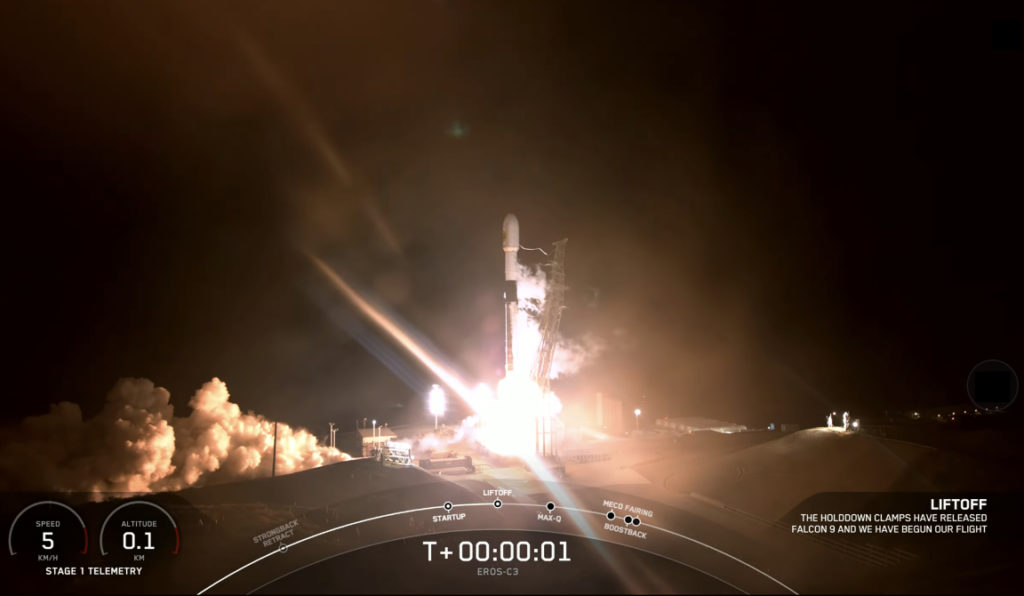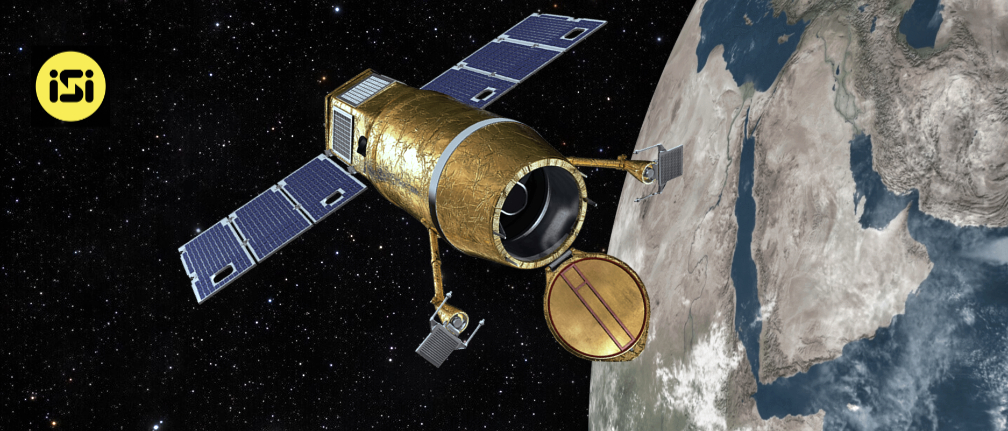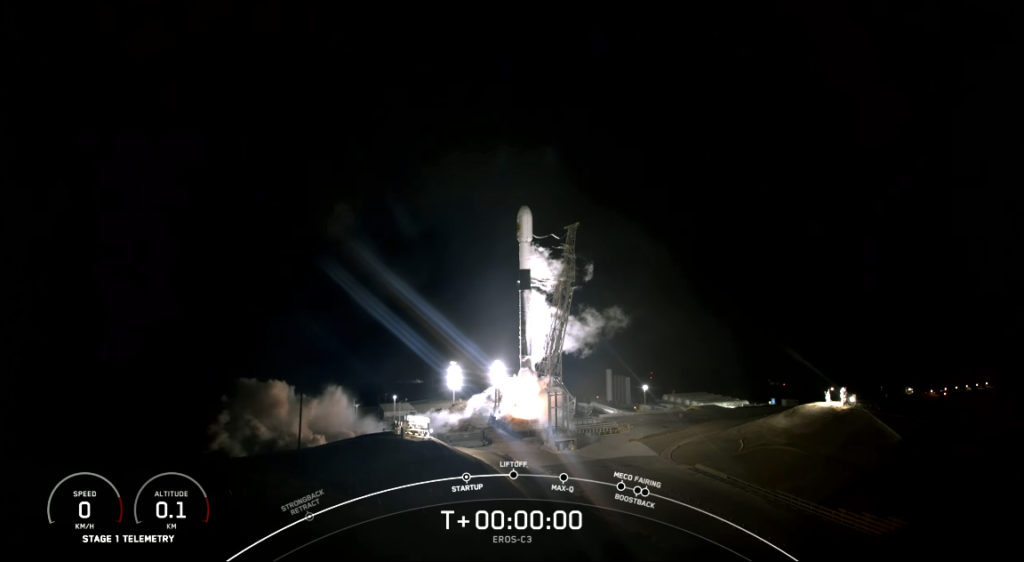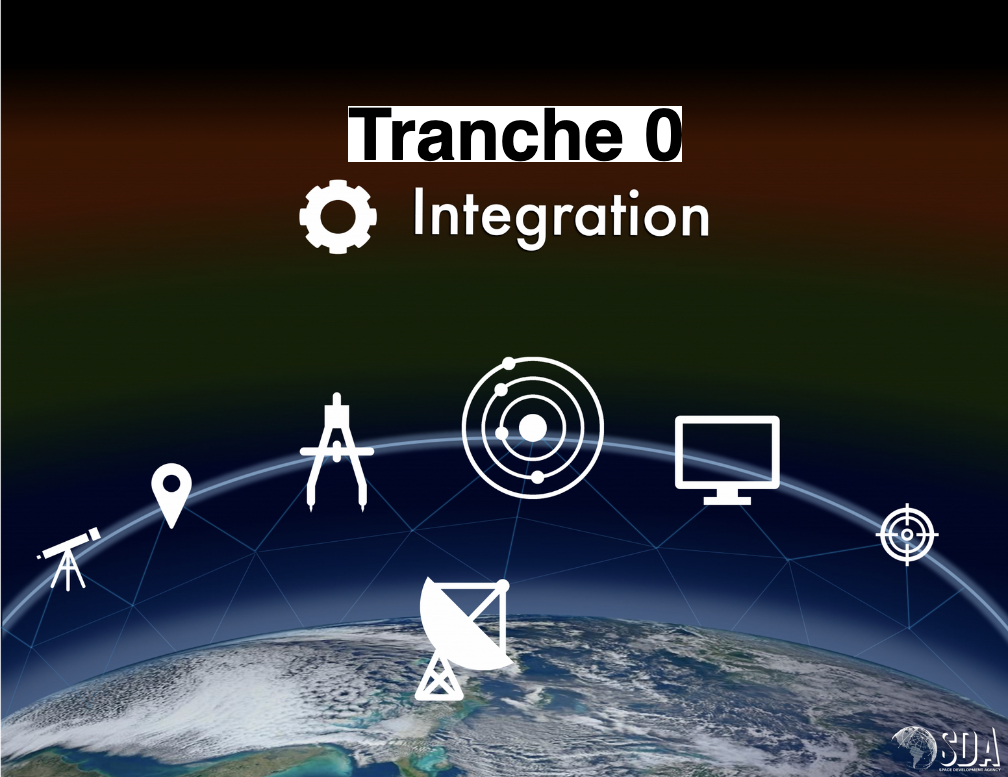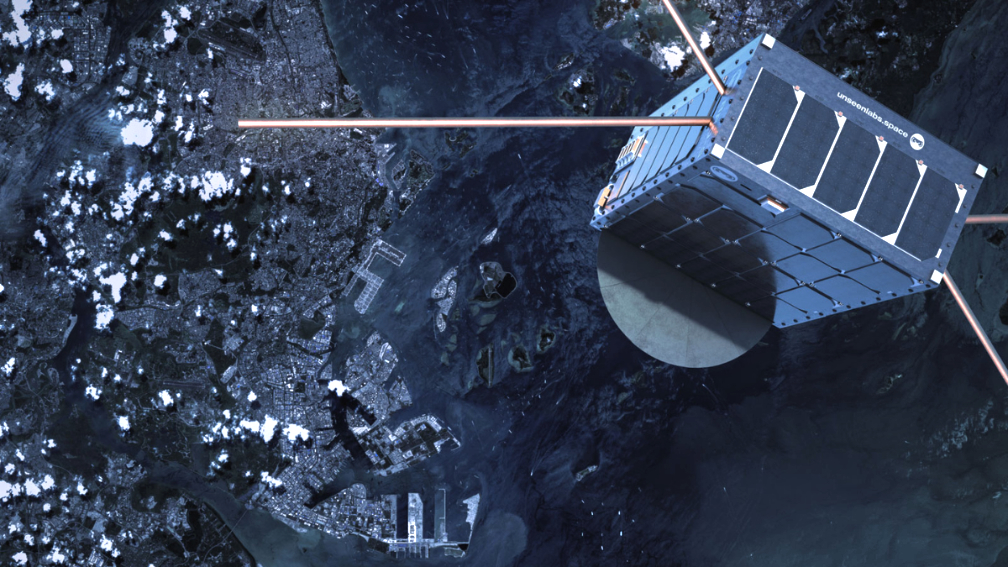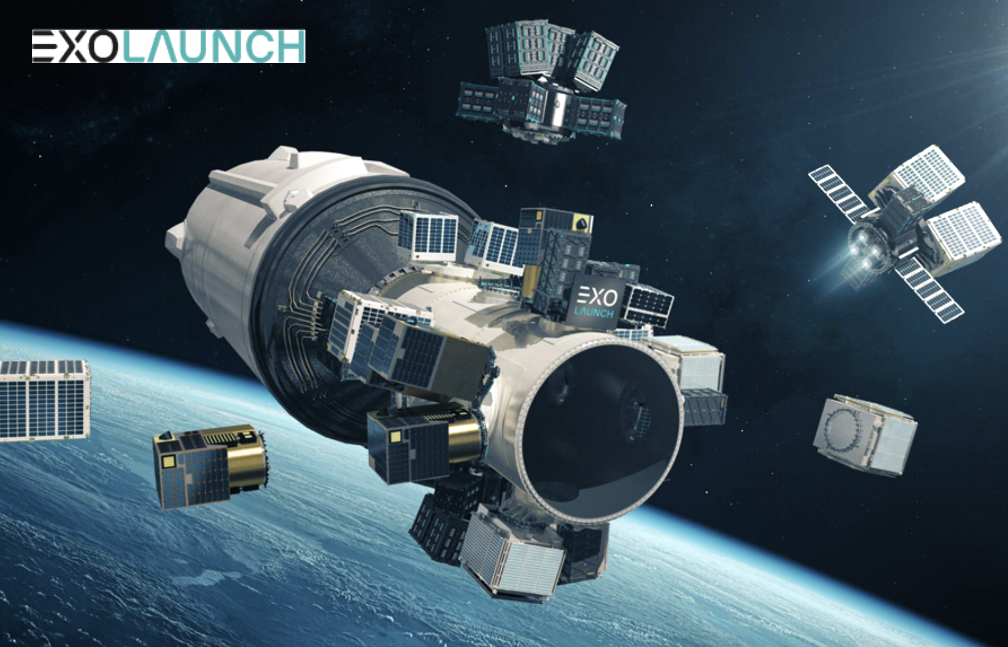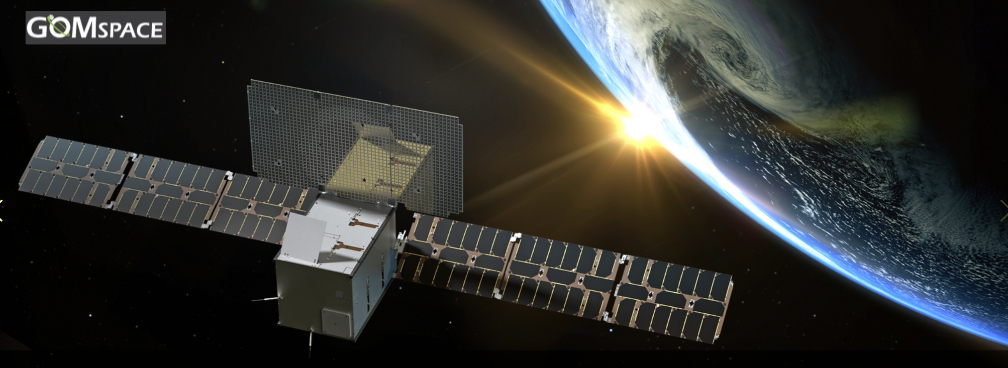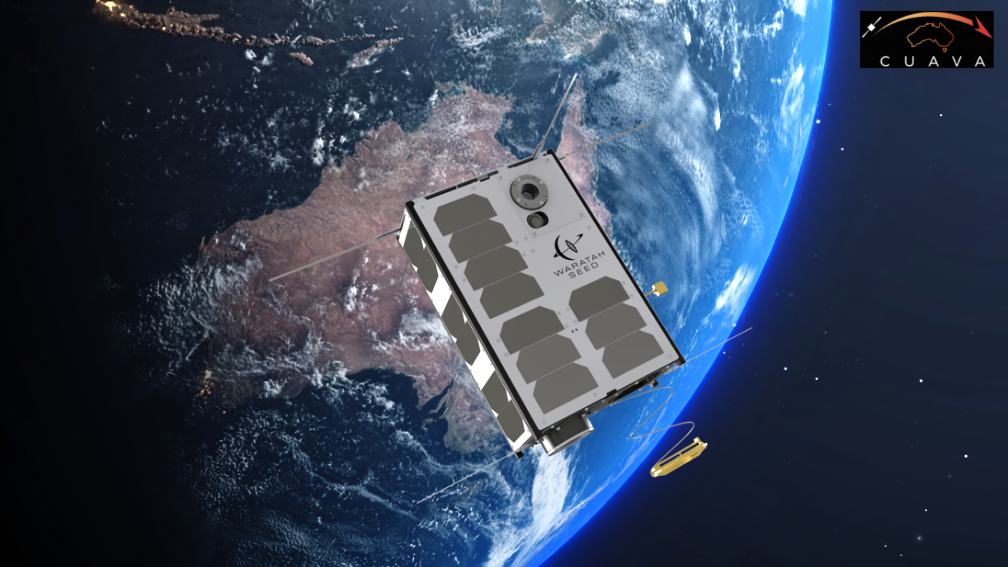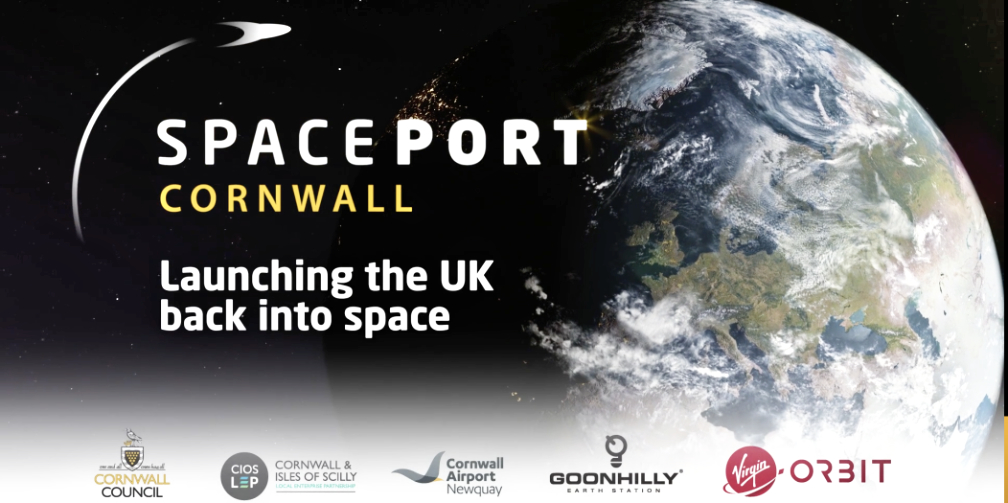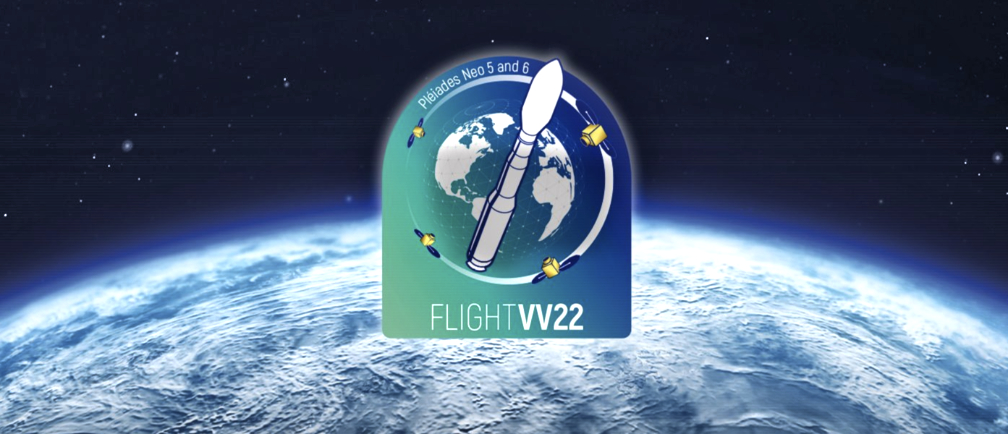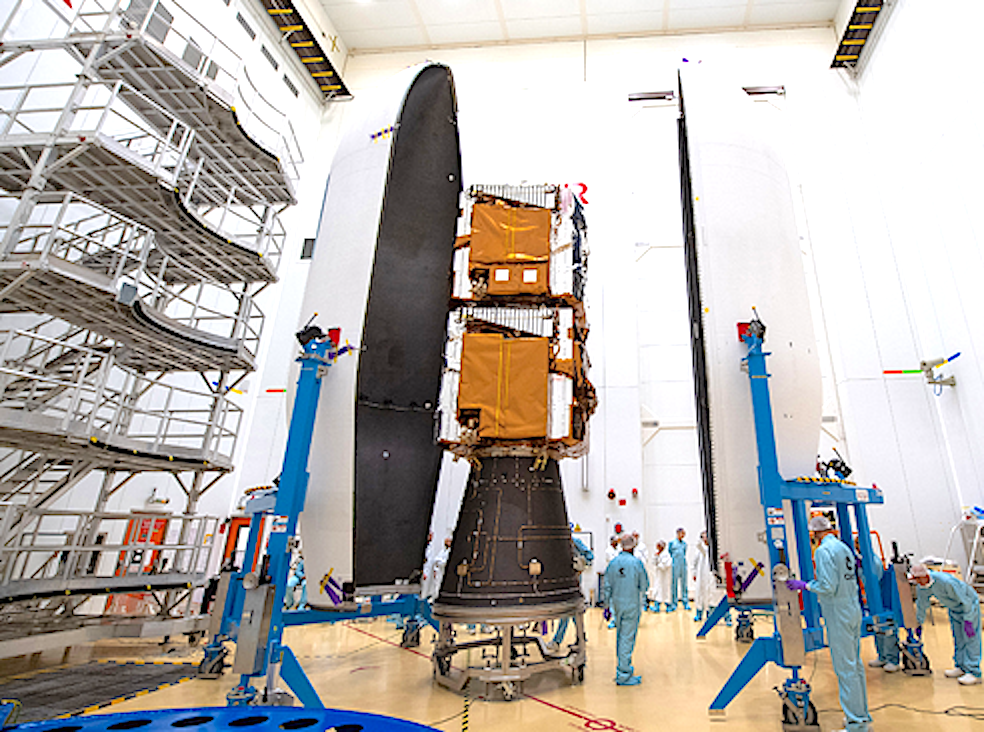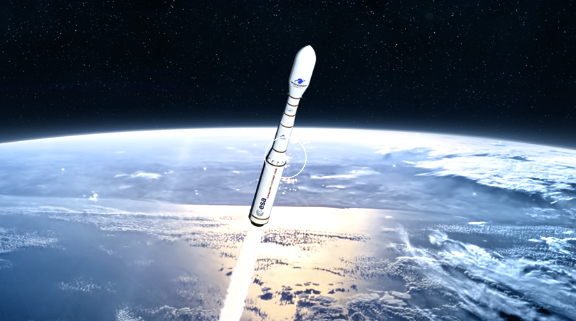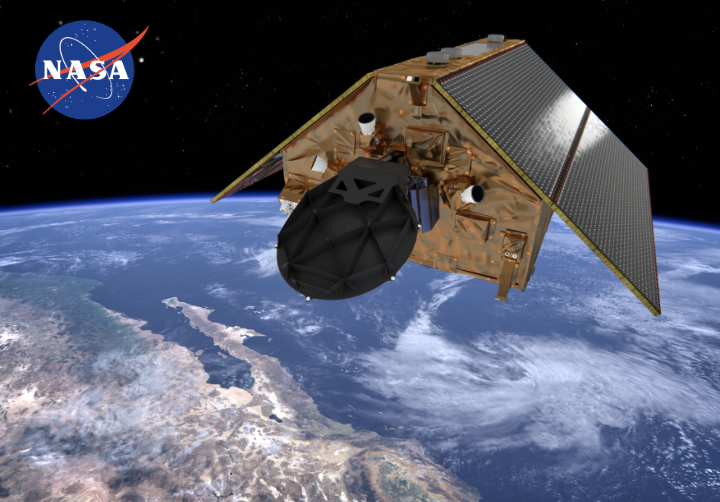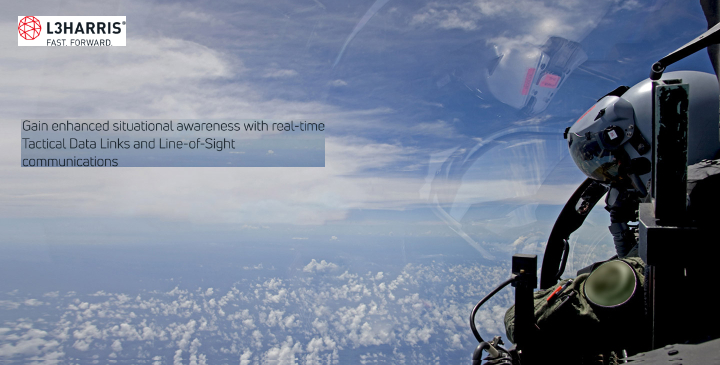
Planet Labs PBC launched 36 of their SuperDove satellites, Flock 4y, on a SpaceX Falcon 9 rocket on January 3, 2023, at 9:56 a.m., ET (14:56 UTC), on SpaceX’s Transporter-6 mission from Space Launch Complex 40 at Cape Canaveral Space Force Station (SFS), Florida.
These 36 SuperDoves will replenish Planet’s current fleet of approximately 200 satellites on-orbit, working to provide a continuous, and complete view of the world from above every day. Each Planet SuperDove is equipped with eight spectral-bands and improved on-orbit capacity that helps to quickly deliver sharp, analysis-ready data to Planet’s customers. The data collected by Planet’s SuperDoves allows organizations in agriculture, government — both intelligence and civilian agencies — forestry, sustainability, and other industries to make informed, timely decisions.
Further, a select number of these Planet SuperDoves are adorned with artwork and quotes that celebrate the legacy of Star Trek creator, Gene Roddenberry, as a part of Planet’s collaboration with The Roddenberry Foundation’s Boldly Go Campaign. The Roddenberry Foundation launched this campaign in 2021 to celebrate Gene’s hopeful vision of humanity’s future — one of inclusion, scientific progress, and cooperation. Five of the Planet SuperDoves on this mission will have artwork laser-etched onto their side panels that is inspired by the more than 1,500 submissions to the Boldly Go campaign, which asked the world to share what gives them hope for humanity’s future.

This was Planet’s eighth overall launch with SpaceX. Since its founding, Planet has launched more than 500 imaging satellites, more than any commercial company in history. Follow along at Planet’s Twitter account as the company gears up for the launch of its 36 SuperDoves.
“We’re excited to again work with SpaceX to bring 36 SuperDoves to orbit, our eighth overall launch with the launch provider,” said Planet’s Vice President of Launch, Mike Safyan. “Once in orbit, these satellites will join our current fleet and work to deliver cutting-edge geospatial solutions to our global customer base.”


